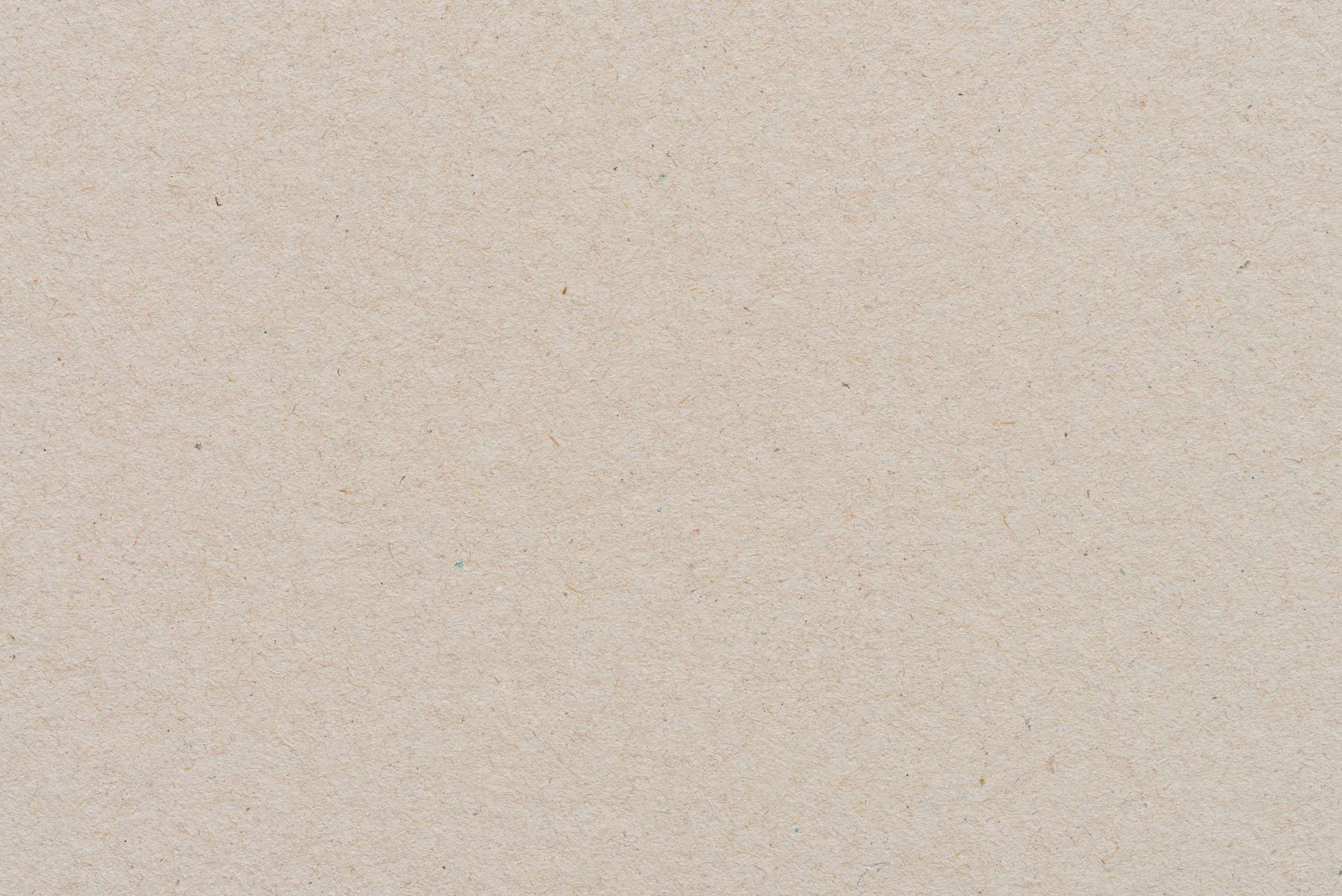
Snowflakes
LESSON 4
Children explore snowflakes through "Snowflake Bentley," catching real snowflakes (if snowy), engaging in sensory play, discovering patterns, and creating art.
The book, "Snowflake Bentley," by Jacqueline Briggs Martin.
Optional (read through lesson plan to decide what you will need):
The book “Snowflakes in Photographs,” by W.A. Bentley.
Black paper
Playdough
Pattern blocks
Shaving cream and tray
Q-tips
Art materials for snowflake creation (e.g., paper, glue, glitter, beads)
Ice cube tray
Paint (acrylic or watercolor)
White crayon
Materials
Familiarize yourself with the story of "Snowflake Bentley."
If possible, choose a snowy day for outdoor exploration and have black paper ready.
Gather art materials for the creation of snowflakes.
Preparations
Foster an appreciation for the beauty of snowflakes by introducing the story of "Snowflake Bentley."
Facilitate outdoor exploration (if snowy) to observe and try catching real snowflakes.
Encourage sensory play and creativity through different snowflake-making activities.
Support the creation of a permanent snowflake artwork, allowing for personal expression.
Objectives for Teachers
Children explore the uniqueness of snowflakes through literature and hands-on observation.
Children engage in sensory play and creative expression by crafting various snowflakes.
Children discover the intricacies of snowflake shapes and patterns.
Children create a lasting representation of a snowflake using diverse art materials.
Objectives for Children

Collect and Connect
Create actions and practice saying the poem together.
Jack Frost!
Who comes creeping in the night,
When the moon is clear and bright?
Who paints tree leaves red and gold,
When the autumn days turn cold?
Up the hill and down he goes,
In and out the brown corn rows.
Making music crackling sweet,
With is little frosty feet.
Jack Frost!

Activity Flow
Begin the lesson by finding a comfortable place to read "Snowflake Bentley.” Introduce the story by looking at the cover together, then tell your child that this story is about a boy who loves snowflakes. He loved them so much he wanted to capture them, the way you capture butterflies in a net or pick flowers. But snowflakes don’t last very long, and each time he captured one, it would melt. This got him thinking, how could he capture a snowflake? Ask your child if they have any ideas. Then, read the story to see if he discovers a way.
After the story initiate a discussion with questions like:
How did Willie capture snowflakes?
When he photographed the snowflakes for the first time, did it work?
Why is it important to keep trying?
How did he share his pictures and knowledge with others?
3. If the weather permits, take advantage of a snowy day to head outside with a piece of black paper. Encourage children to catch snowflakes on the paper and observe their shapes and patterns just like Willie did in the story. If you have a magnifying glass nearby, use it to take a closer look at the snowflakes. Help your child notice how each snowflake is unique and beautiful.
4. An invitation to play, choose one idea, or more if you’d like:
Playdough: Allow children to mold snowflakes using playdough, fostering creativity and fine motor skills.
Pattern Blocks: Explore the geometric aspect of snowflakes by using pattern blocks to create unique designs and patterns.
Shaving Cream: Spray shaving cream on a tray and invite children to draw or shape snowflakes with their fingers, providing a tactile and sensory experience.
Q-tips: Make snowflake shapes using Q-tips. Let your child use child-safe scissors to cut Q-tips into smaller lengths and get creative with their snowflake designs.
5. Extend the exploration by looking at images of real snowflakes online or from a book. Encourage children to observe and discuss the various shapes and patterns they see. Connect this virtual exploration to their real-life observations. See if it enhances their snowflake play creations.
6. After playing, provide art materials of choice for the creation of snowflake artworks. Encourage children to express their creativity by making a unique representation of a snowflake. Here are some ideas:
Paint Popsicles: Children can create "paint popsicles" by freezing popsicle sticks in an ice cube tray filled with a mixture of water and paint. Then they will use their popsicle to paint. Add snowflake designs using a white crayon before applying paint. Don't be concerned if the design isn't initially visible during painting. After completing the painting, gently go over it with a dry brush, and observe the snowflakes as they emerge.
Paper Snowflakes: Children can create paper snowflakes using white copy paper and scissors. There are many snowflake tutorials available on Youtube.
Painted Snowflakes: Children can use paper and paint to design their own snowflake.
7. Conclude the lesson by summarizing the exploration of snowflakes. Emphasize the beauty of each unique snowflake. Encourage ongoing curiosity and observation of the natural world.






